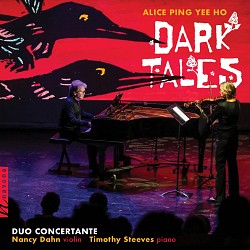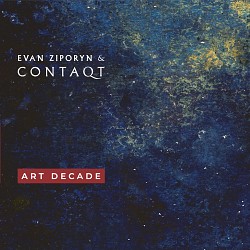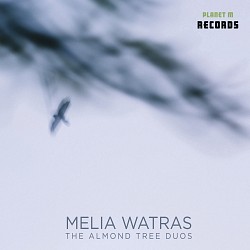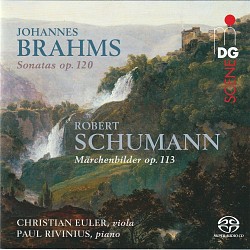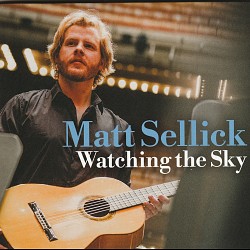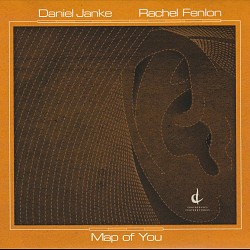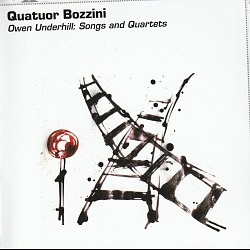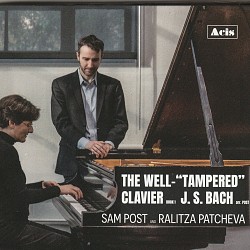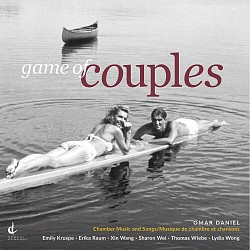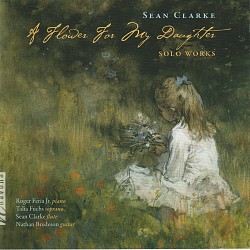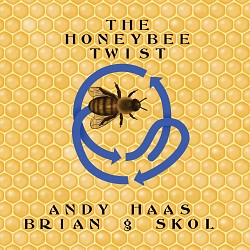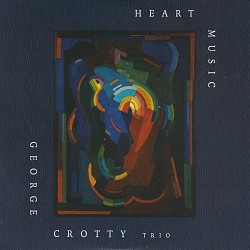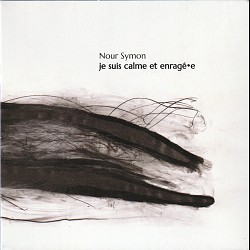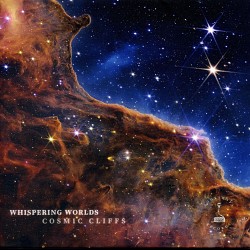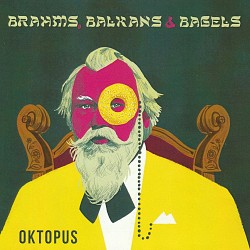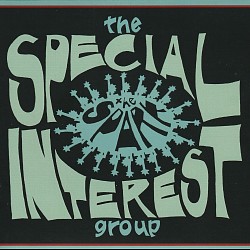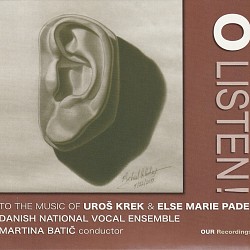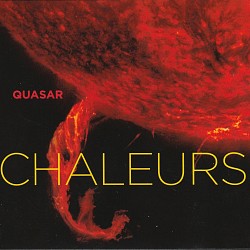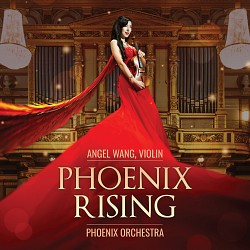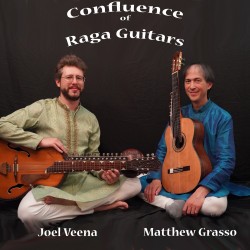 Confluence of Raga Guitars
Confluence of Raga Guitars
Joel Veena; Matthew Grasso
Independent (bit.ly/ragaguitars)
Read the Review
It’s probable the guitar was first introduced to South Asia in the 16th century via the Portuguese colony of Goa. The next guitar wave to arrive there was the Hawaiian (lap steel) guitar, a key sound in the commercially successful and influential touring Hawaiian music and dance troupes of the 1920s and later decades. In the 1960s Brij Bhushan Kabra adapted the guitar to play Hindustani (North Indian) classical music, lap steel style. Performing concerts and releasing numerous LPs, Kabra and his students’ innovations have long been accepted by the Hindustani music world.
Confluence of Raga Guitars showcases the latest evolution of Indian guitar construction and its related raga-based music performance practice. Eloquently played by Matthew Grasso (Tantrakari guitar) and Joel “Veena” Eisenkramer (Indian slide guitar), two American guitarists who have dedicated themselves to playing in the Hindustani classical tradition, the album explores three ragas.
Their presentation has several novel features. While the ragas are rendered in a traditional way, each focuses on an alaap (where the outline of the raga is melodically explored without meter), and jor (where melodies pick up speed and rhythmic activity). Typically, the following section is the gat (bandish) which introduces a theme within a tala, usually accompanied by tabla. Interestingly, however, the musicians have chosen not to include a gat section. This keeps the listener’s attention tightly focused on the dialogue between the two guitars, highlighting their distinctive approaches to melody, tone production and timbral diversity. For example, Grasso’s Tantrakari guitar uses nylon strings, plus steel sympathetic strings and a specially tuned fingerboard. On the other hand, Eisenkramer’s new Indian slide guitar is an evolution of the instrument design long ago adopted into Hindustani music. His glissando microtonal ornaments and expressive affect contrast markedly with Grasso’s more Spanish guitar-sounding fingerstyle approach, dramatically enlivening the album’s dialectical duet (jugalbandi).
- Three of Twelve and Another - Graham Flett 25-02-12
- Three of Twelve and Another - Graham Flett 25-02-12
- Rebecca Bruton: a roof or mirror, blossom, madder, cracks; Jason Doell: together - Quatuor Bozzini; junctQin keyboard collective 25-02-12
- Rebecca Bruton: a roof or mirror, blossom, madder, cracks; Jason Doell: together - Quatuor Bozzini; junctQin keyboard collective 25-02-12
- Azadi - Tamar Ilana & Ventanas 25-02-07

